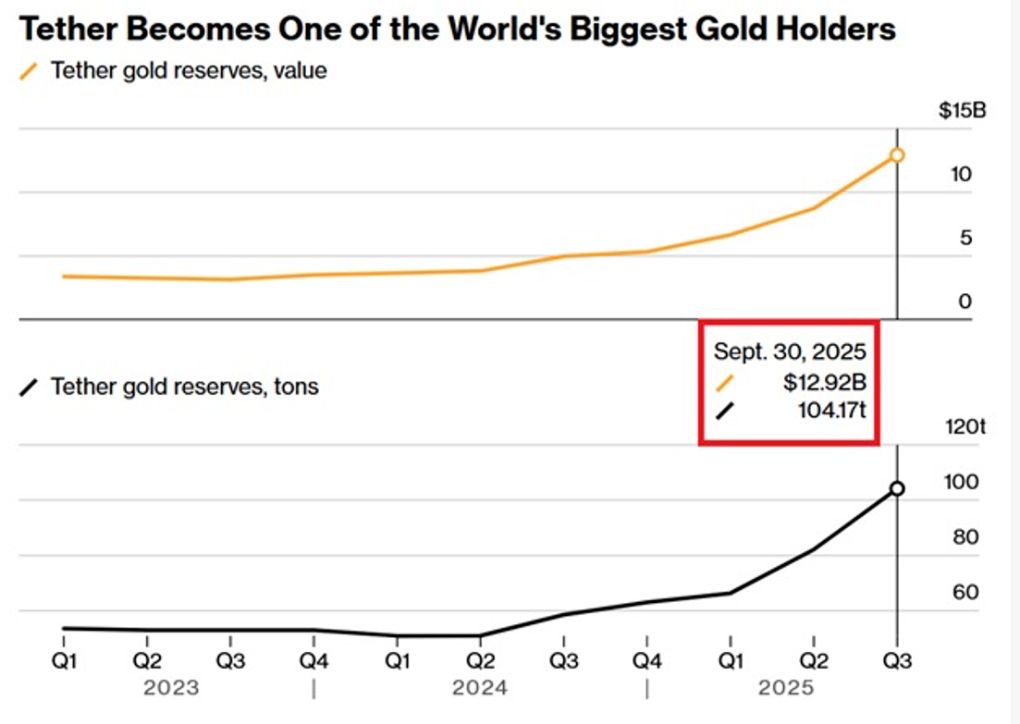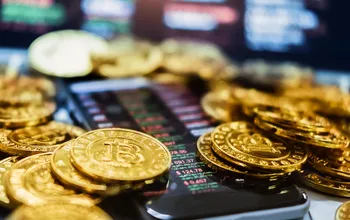- Global central banks hold 12.1% of the world’s gold reserves, the highest level since 1990, largely driven by China, India, Turkey, and Poland.
- Soaring U.S. debt and economic uncertainty are increasing the appeal of gold as a safe-haven asset.
As financial uncertainty intensifies, central banks around the globe are bolstering their gold reserves to historic levels. Leading economies, including China, India, Turkey, and Poland, are at the forefront of this trend, which has pushed global central bank gold holdings to 12.1% of total reserves—the highest percentage in over three decades, according to financial analysis by The Kobeissi Letter.
At present, the price of gold is hovering above $2,740 per ounce, driven in part by ballooning U.S. government debt, which has surpassed $35 trillion. This debt load is triggering global concerns over the dollar’s stability as the world’s primary reserve currency. As a result, investors and policymakers alike are revisiting gold’s value as a reliable store of wealth.
The Growing Attraction of Gold Amid Economic Instability
The central role of gold in global economic strategy is expanding, with several factors amplifying its appeal. Key contributors to this phenomenon are China, India, Turkey, and Poland. In China, for instance, gold now comprises 5.4% of the nation’s foreign currency reserves, amounting to a record 2,264 tons by 2024. This accumulation highlights a larger global shift toward gold as a means of diversifying and safeguarding national reserves, especially in light of the current economic climate.
According to Russ Koesterich, Portfolio Manager at BlackRock, “Gold’s stars remain aligned,” as he puts it, referring to the precious metal’s rising role as a long-term store of value in times of extensive government debt. He notes that, despite recent fluctuations in gold’s price, its role as a hedge against economic uncertainty and inflation is strengthening, particularly as the U.S. government’s debt grows at an unprecedented rate.
The implications of this debt escalation have not gone unnoticed by global institutions. The International Monetary Fund (IMF), for example, has urged U.S. financial authorities to address the debt problem proactively, emphasizing that failure to do so could destabilize the global economy. In relative terms, the U.S. debt-to-GDP ratio is one of the highest among developed economies, only exceeded by Greece and Italy within the European Union.
Impacts on Global Financial Stability and Alternative Assets
With the U.S. dollar being the backbone of global reserves, concerns about its stability can have ripple effects on markets worldwide. High public debt often results in higher interest rates, as investors demand better returns to offset the risk. In turn, this increases borrowing costs not only for households and businesses but also for the government, further exacerbating the debt cycle. The growing preference for gold among central banks signals a shift away from reliance on fiat currency reserves alone, a strategy aimed at reducing exposure to potential currency volatility.
The spotlight on gold also raises questions about Bitcoin, often dubbed “digital gold” for its store-of-value characteristics. Despite its potential, Bitcoin has not yet achieved the same level of trust or adoption by central banks, who largely view it as a speculative asset. Bitcoin’s volatility remains a key hurdle, with its value dipping since its all-time high of $73,000 earlier this year. As of now, Bitcoin’s price is fluctuating around $67,550, underscoring the disparity between its appeal and that of traditional gold for institutional reserve management.
Unlike fiat currencies, Bitcoin ‘s supply is fixed at 21 million, offering a hedge against inflation similar to gold. However, this limited supply has yet to convince traditional investors and financial authorities of its stability and reliability as a reserve asset. While it shares certain features with gold—such as scarcity—Bitcoin has not yet fully captured the confidence of institutional investors and central banks, who continue to favor gold for its proven stability across centuries.
As U.S. debt levels climb and questions about global currency stability persist, gold’s appeal as a safe-haven asset continues to solidify, evidenced by record-setting reserves among central banks. This shift reflects a cautious but notable pivot towards assets with enduring value, as economic tensions push national financial strategies toward more conservative and tangible resources.



